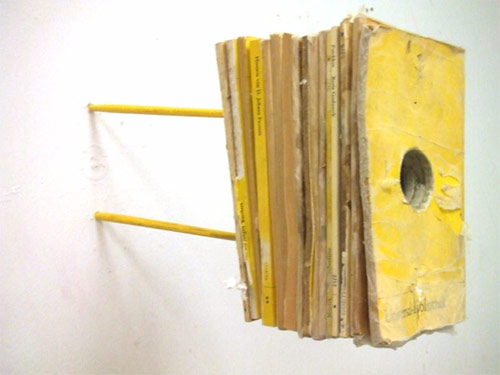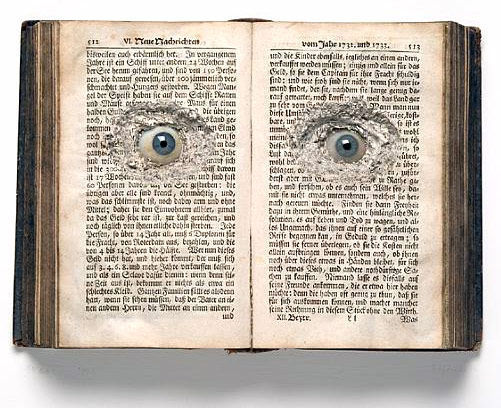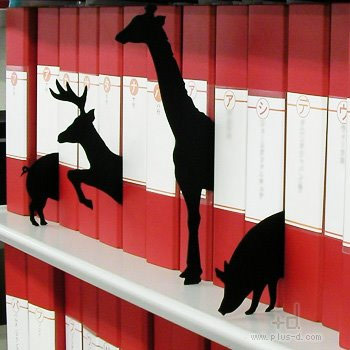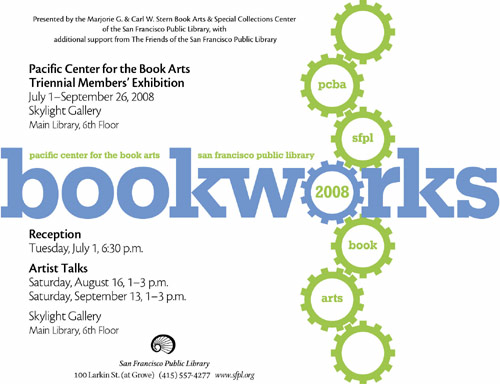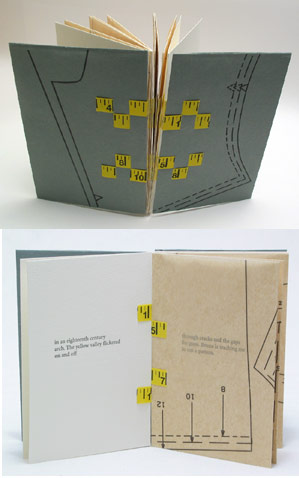 The most satisfying bookworks I’ve produced are my “poem books.” These contain a single poem and, most important, the structure of the book and the parts used to construct it compliment the words and content. Finding the right structure is a big challenge for me, the gestation of these books is usually long and the construction can sometimes be tricky. The book that has served as the inspiration for many of my “poem books” is Elizabeth Steiner and Claire Van Vliet’s Woven and Interlocking Book Structures. They approach bookmaking by first asking what is the best way to serve the text they are using — just the question I want to answer with my own work.
The most satisfying bookworks I’ve produced are my “poem books.” These contain a single poem and, most important, the structure of the book and the parts used to construct it compliment the words and content. Finding the right structure is a big challenge for me, the gestation of these books is usually long and the construction can sometimes be tricky. The book that has served as the inspiration for many of my “poem books” is Elizabeth Steiner and Claire Van Vliet’s Woven and Interlocking Book Structures. They approach bookmaking by first asking what is the best way to serve the text they are using — just the question I want to answer with my own work.
 Their book includes detailed clear directions for making a variety of models, as well as
Their book includes detailed clear directions for making a variety of models, as well as
suggestions for seemingly endless variations. And they particularly tackle the problem of binding single sheets — an ever recurring issue for artist’s books. It has easy-to-follow directions, good illustrations and pictures, as well as discussions on how they developed structures to suit the content of their books. (You may know the book Van Vliet designed for the Margaret Kaufman poem “Aunt Sallie’s Lament,” a poem about quilting. The book was available in a trade edition from Chronicle Books with uniquely shaped pages that create a layered effect, mimicking the patterns of a quilt. You can see the original limited edition here)
 When I first got the book, I went through it and made every model — a satisfying hands on experience. Then a friend and I made an appointment at the Mills College Library Special Collection and saw their copies of many of Van Vliet’s books — an even more satisfying hands-on adventure! To top it all off Van Vliet came and taught a weekend workshop at the San Francisco Center for the Book, where she shared tips and tricks for making the structures in her book. By that point I had designed and begun editioning “To A Friend Going Blind, “ an artist’s book with a poem by Jorie Graham and bound using Steiner and Van Vliet’s simple method of weaving single sheets together (see the pictures above). It was a thrill to have the opportunity to show her a copy and get her comments! And she was kind enough to give me suggestions for making the book more quickly and strengthening a weak point in the construction — and then she bought one for her own collection!
When I first got the book, I went through it and made every model — a satisfying hands on experience. Then a friend and I made an appointment at the Mills College Library Special Collection and saw their copies of many of Van Vliet’s books — an even more satisfying hands-on adventure! To top it all off Van Vliet came and taught a weekend workshop at the San Francisco Center for the Book, where she shared tips and tricks for making the structures in her book. By that point I had designed and begun editioning “To A Friend Going Blind, “ an artist’s book with a poem by Jorie Graham and bound using Steiner and Van Vliet’s simple method of weaving single sheets together (see the pictures above). It was a thrill to have the opportunity to show her a copy and get her comments! And she was kind enough to give me suggestions for making the book more quickly and strengthening a weak point in the construction — and then she bought one for her own collection!
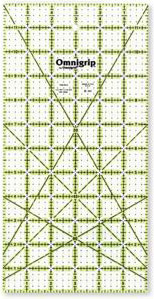 I make a lot of models — all cut by hand — before I commit to making an edition of anything. One of the tools I couldn’t do without is my plastic quilting ruler. It’s 6″ wide, 12″ long, and lets me cut 2 edges at once. Since it’s clear plastic, I can see through to what I’m cutting underneath. That and the printed grid are really helpful when trying to center something on a page. The only drawback is that over time I’ve dug into the plastic with my X-acto knife, and the edge of the ruler isn’t as crisp as a metal ruler of the same age might be. Quilting rulers come in all sorts of sizes: 4″x 8″, 6″x 6″… I have another one that is 6″x 24″ — it can be a bit unwieldy but it comes in so handy when I need to quickly cut up a large parent sheet of paper.
I make a lot of models — all cut by hand — before I commit to making an edition of anything. One of the tools I couldn’t do without is my plastic quilting ruler. It’s 6″ wide, 12″ long, and lets me cut 2 edges at once. Since it’s clear plastic, I can see through to what I’m cutting underneath. That and the printed grid are really helpful when trying to center something on a page. The only drawback is that over time I’ve dug into the plastic with my X-acto knife, and the edge of the ruler isn’t as crisp as a metal ruler of the same age might be. Quilting rulers come in all sorts of sizes: 4″x 8″, 6″x 6″… I have another one that is 6″x 24″ — it can be a bit unwieldy but it comes in so handy when I need to quickly cut up a large parent sheet of paper.
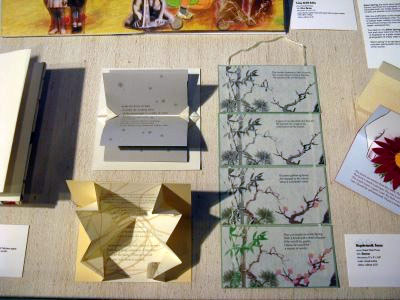
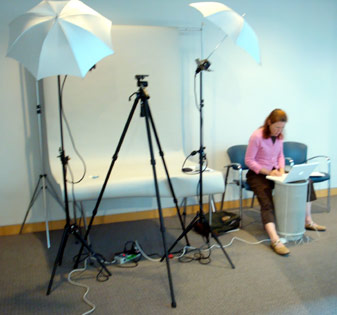
 The most satisfying bookworks I’ve produced are my “poem books.” These contain a single poem and, most important, the structure of the book and the parts used to construct it compliment the words and content. Finding the right structure is a big challenge for me, the gestation of these books is usually long and the construction can sometimes be tricky. The book that has served as the inspiration for many of my “poem books” is Elizabeth Steiner and Claire Van Vliet’s
The most satisfying bookworks I’ve produced are my “poem books.” These contain a single poem and, most important, the structure of the book and the parts used to construct it compliment the words and content. Finding the right structure is a big challenge for me, the gestation of these books is usually long and the construction can sometimes be tricky. The book that has served as the inspiration for many of my “poem books” is Elizabeth Steiner and Claire Van Vliet’s 